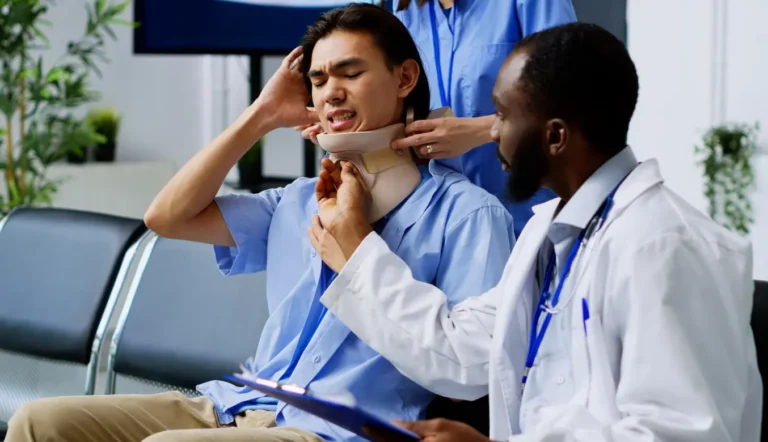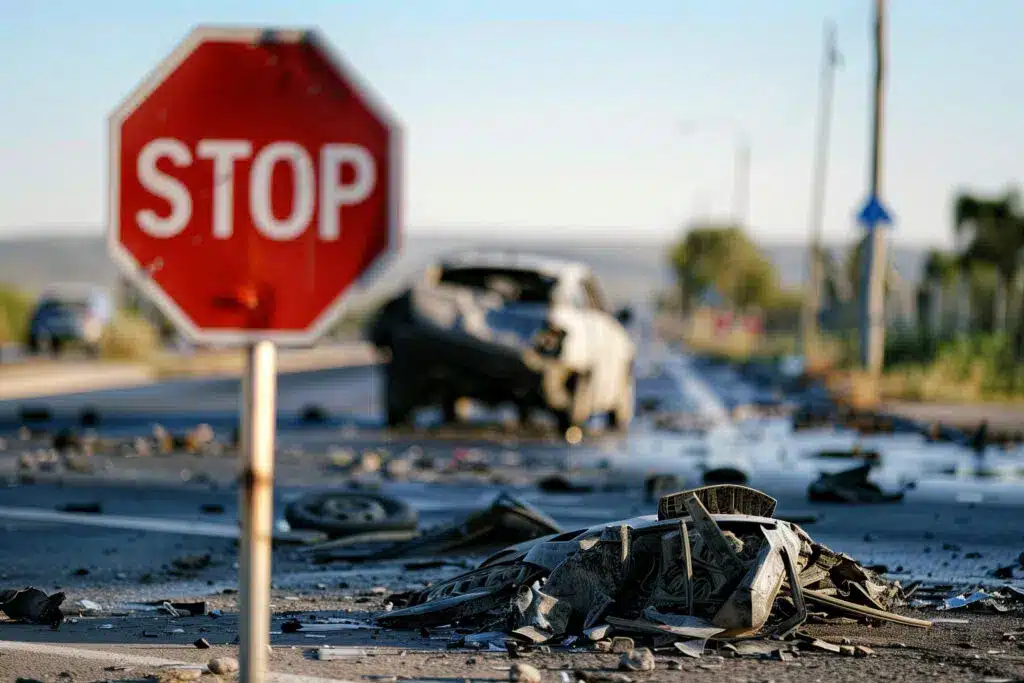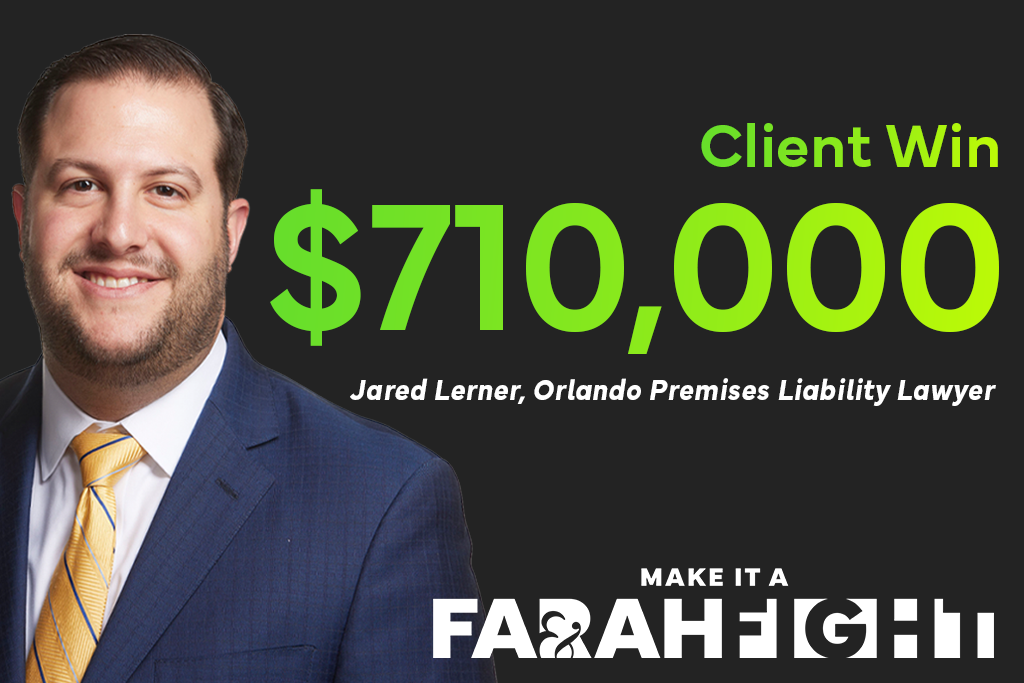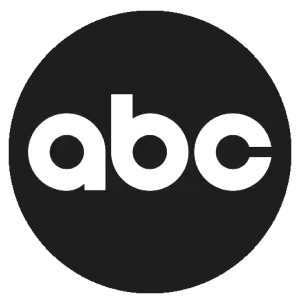Stop signs are a critical part of road safety, designed to control traffic and prevent collisions. However, car accidents at stop signs are unfortunately common, especially when a driver fails to stop or misjudges the situation. Determining fault in stop sign accidents can be difficult, but understanding the rules and legal standards in Florida can help clarify who is liable.
What Happens When a Driver Runs a Stop Sign?
Running a stop sign is a violation of traffic laws and a leading cause of stop sign accidents. If someone fails to stop at a stop sign and causes an accident, they are typically at fault, even if you’ve hit them. Florida law requires drivers to come to a complete stop at stop signs and proceed only when the intersection is clear and safe.
If you’ve been hit by a car that ran a stop sign, the driver’s failure to stop will likely make them responsible for the accident. However, there are instances where determining fault is not as straightforward.
If Someone Runs a Stop Sign and You Hit Them, Whose Fault Is It?
In most cases, the driver who ran the stop sign is at fault for the accident. This is because they violated traffic laws by failing to stop. However, there are scenarios where shared fault may come into play. For example:
Speeding
If you were speeding and couldn’t stop in time to avoid the collision, you may share some responsibility.
Distracted Driving
If you were distracted and didn’t notice the other driver running the stop sign, you could also be partially at fault.
Failure To Yield
If you had a stop sign as well and failed to yield to another vehicle that had the right of way, fault might be shared.
Why Failure to Stop at Stop Signs Is So Dangerous
Failure to stop at a stop sign puts everyone on the road at risk. These types of accidents can lead to:
- T-bone collisions
- Direct collisions
- Rear-end collisions
- Pedestrian accidents
- Cyclist accidents
T-bone accidents can often be the most dangerous because of the lack of protection on the sides of vehicles.

If you were injured in an accident due to someone else’s negligence, Farah & Farah is here for you. We’ve relentlessly fought for the right to compensation for our clients and their families since 1979.
Risk of Injuries in Stop Sign Collisions
According to the Federal Highway Administration, one-third of all intersection crashes occur at those controlled by stop signs. Additionally, forty percent of fatal crashes also occur at stop sign-controlled intersections.
Proving Fault in a Stop Sign Accident
To prove fault, you need evidence that shows the other driver’s failure to stop caused the accident. This includes:
- Eyewitness testimony
- Accident recreation
- Police reports
- Photos & videos
- Vehicle damage
This is the type of evidence that Farah & Farah’s car accident attorneys can gather to demonstrate liability.
Comparative Negligence in Florida
Florida follows a comparative negligence system, which means that each party’s level of fault is assessed, and compensation is adjusted accordingly. For instance, if you are found 20% at fault for speeding, your compensation for damages will be reduced by that percentage. If you hit a car that ran a stop sign and you followed all traffic laws, it’s unlikely you’ll be found at fault. However, you should still contact your insurance company and consult an attorney to protect your rights.
Farah & Farah Stands By Car Accident Victims
If you’ve been involved in a stop sign accident, we’re here for you. Any kind of car accident can be a traumatic, painful time, and stop sign accidents can be dangerous. You need someone on your side when dealing with the insurance company and while you recover from the accident. We’d like to be that someone. We are there for all of our clients every step of the way and are available 24/7, wherever they need us. Contact us today for a free consultation about your stop sign accident.










